
Fragile Things Conference
Fragile Things: Material Culture from the Russian Empire
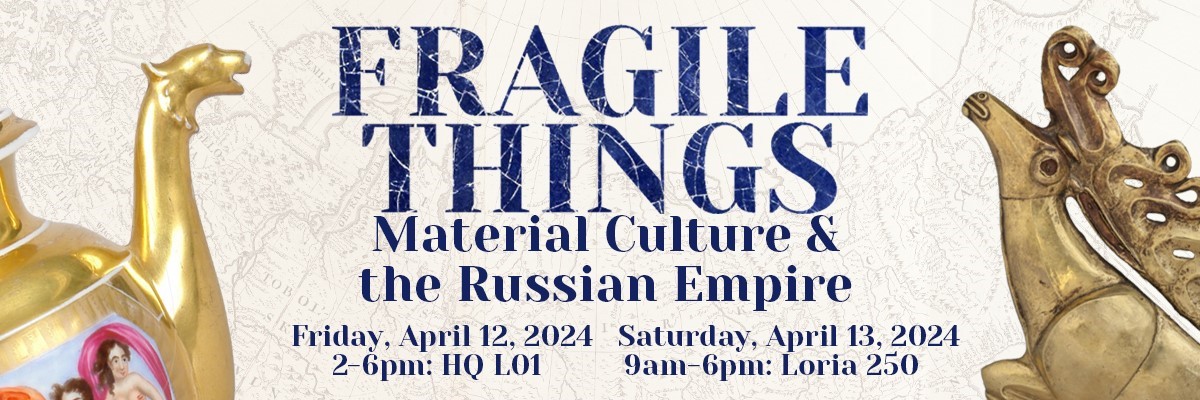
April 12-13, 2024 | Yale University | New Haven, CT
2:00pm - 6:00pm, Friday, April 12: Humanities Quadrangle, Rm L01 (lower level, 320 York St.)
9:00am - 5:30pm, Saturday, April 13: Loria Center, Rm 250 (190 York St.)
This conference will be in-person.
Please note that the information below is subject to change.
Conference Overview
In February 2022, Russian forces set ablaze the Museum of History in Ivankiv, Ukraine. Locals struggled to save paintings by the celebrated folk artist Maria Primachenko, but other collections were lost: cutlery, textiles, fossils, stamps. In the museum’s burnt-out frame, metals, fibers, and bones mixed in the self-same gray of ashy heaps. Plucked from homes, factories, and workshops, these humbler objects so redolent of nineteenth- and twentieth-century life in Ivankiv became the target of imperial erasure.
Today’s imperial violence highlights the fragility of objects like these, and urgently asks us to reconsider the frameworks by which we study the material culture of the Russian empire. How might such a landscape of endangered things resist the traditional presumptions with which we approach historical objects? In place of tactility, materiality, and presence, this conference offers a slipperier view. Objects can be hidden, stolen, destroyed. But such physical precarity belies other, intangible, mutabilities: ideologies shift, meanings elude, objects slip from our scholarly grasp. What would it mean to see material culture – and our study of it – as fragile? Fragility can be the threat of collapse or loss; it is also the gleam of volatile possibility. Where recent literary and art historical trends see matter as “vibrant” or “powerful,” this conference proposes fragility as a model and a mood for understanding the Russian empire’s things.
In the past two decades the humanities has experienced a marked “material turn,” a new materialism that has brought fresh methods and theories to the study of objects. With amplified attention not only to matter itself, but to the ideological, social, economic, political, and ecological dimensions of material objects, historians and theorists of culture have imagined the deep human and environmental networks that make, shape, and mediate things. This conference will explore these materialities as defining of the Russian empire, comprised as it was not only of matryoshka nesting dolls and Faberge eggs, but of the artistic, industrial, and religious objects of the imperial peripheries, Central Asia, the Baltic region, the Caucasus, and Ukraine. How, for example, are stories of colonial expansion or class violence retained in the crumbling relics of imperial everyday life? Can we discern shifting social and political ideologies in the migration of ornamental forms across the decorative arts? In which materials might we seek inscriptions of ecological transformation and vulnerability? And how does the researcher engage materiality when objects are lost or made inaccessible by geopolitical upheaval? In asking these and other questions, Fragile Things will attend to three main goals: to propose the concept of “fragility” as generative for material cultural scholars across a range of disciplines and methodologies; to explore the potential of new materialism to excavate previously overlooked objects, experiences, and frameworks of the Russian empire; and to leverage the framework of materiality in the project of decolonizing the study of Russia, Eastern Europe, and Eurasia.
Day 1 - Friday, April 12, 2024 | HQ L01 (320 York St.)
2:00–2:15 PM - Conference Welcome | Humanities Quadrangle, Rm L01 (lower level) (320 York St.)
2:15–4:00 PM - Panel One: Animal Materialities
- Matthew Romaniello, “Creation through Destruction: Animal Materials and their Afterlives in the Eighteenth Century”
- Philippe Halbert, “‘There’s no Rushia in Town’: Rethinking Russia’s Leather Empire”
- Bart Pushaw, “Otter Offerings: The Materials of Indigenous Insurgency in Russian-Occupied Alaska”
- Moderator: Emily Ziffer
4:30–6:00 PM - Conference Keynote
- Michael Yonan, “From Material Culture to Materiality: Conceiving Meaning for Historical Things”
6:00–7:00 PM - Reception | HQ 131 (320 York St.)
Day 2 - Saturday, April 13, 2024 | Loria 250 (190 York St.)
9:00–9:15 AM - Conference Welcome | Loria Center, Rm 250 (190 York St.)
9:15–11:00 AM - Panel Two: Migrating Orientalisms
- Michael Kunichika, “Ornament and Orient: Migration and the Fragility of National Identity”
- Mary Roberts, “The Fragile Things of Stanisław Chlebowski’s Epistolary Interiors”
- Mollie Arbuthnot, “Museums Against Fragility: Material Heritage and Imperial Legacies in Revolutionary Turkestan”
- Moderator: John Webley
11:15–12:30 PM - Panel Three: Fragile Icons
- Christine Worobec, “The Ukrainian Okhtyrka/Akhtyrka Icon of the Mother of God: A Russian Imperial Project”
- Wendy Salmond, “The Fragile Icon”
- Moderator: Molly Brunson
1:30–3:15 PM - Panel Four: Tastemaking
- Margaret Samu, “Fragile Clay, Firm Aspirations: A Safronov Teapot”
- Karen Kettering, “How ‘Russian’ is a ‘Fabergé Egg’ and What Can They Actually Tell Us?”
- Wilfried Zeisler, “‘You may rest assured that we will take the best care of them.’ – Marjorie Post to Colonel Serge Cheremeteff, 1964”
- Moderator: Liliya Dashevski
3:30–5:15 PM - Panel Five: Peripheries Centered
- Christianna Bonin, “Konstantin Korovin’s Borderline Modernism”
- Ismael Biyashev, “Mobile Pasts//Tethered Poetics: Archaeology, Nomadism and Material Culture in Late Imperial Siberia”
- Rosalind P. Blakesley, “Vasily Surikov and the Precarity of Materializing History”
- Moderator: Emily Cox
5:15–5:30 PM - Concluding Remarks
Conference Participants
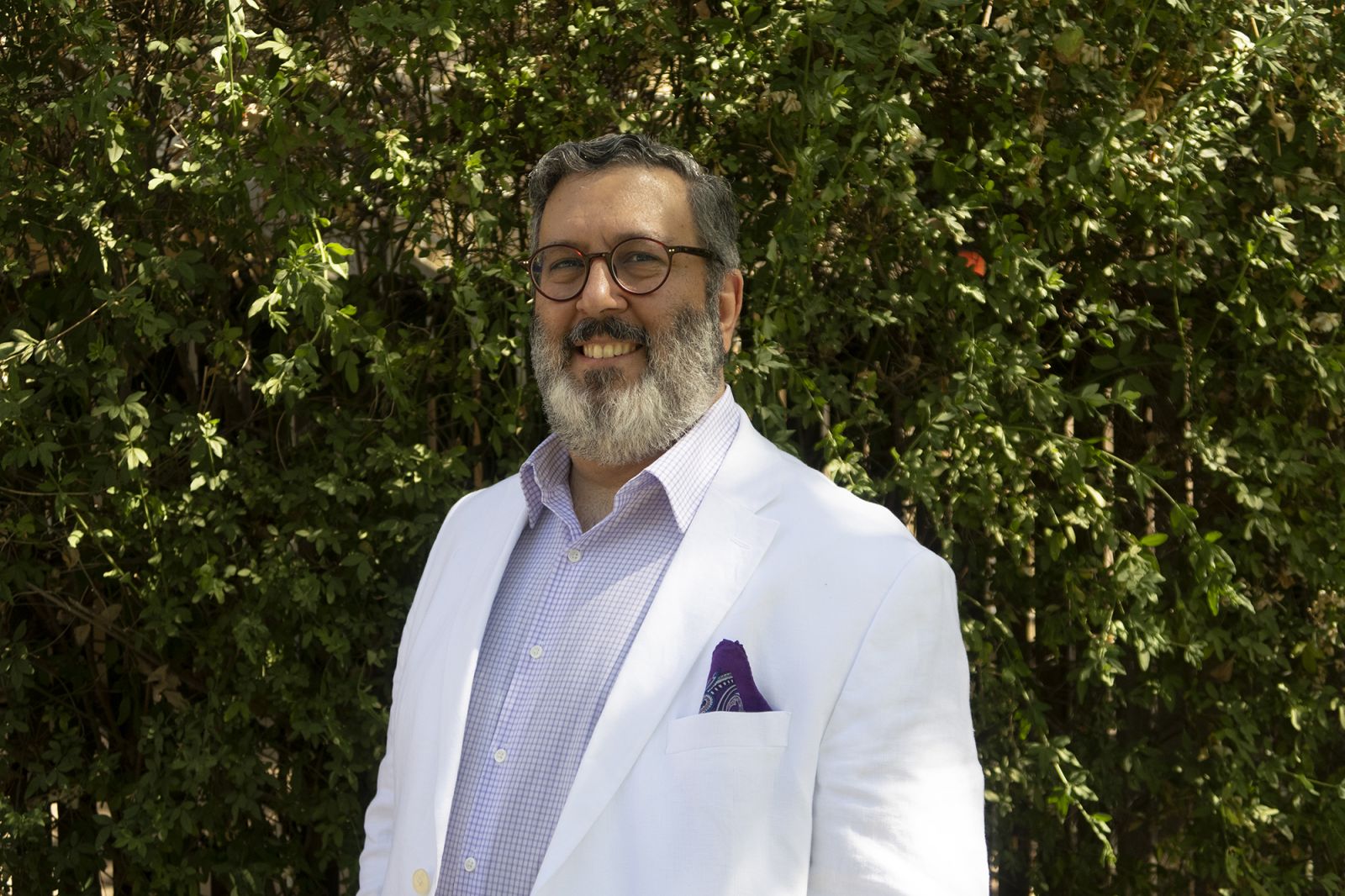 |
KEYNOTE: Michael Yonan is Professor of Art History, Alan Templeton Endowed Chair in the History of European Art, 1600–1830, at UC Davis. He is an expert on eighteenth-century European art, principally rococo. He has written about Meissen porcelain, the sculptures of Franz Xaver Messerschmidt, rococo religious architecture, monarchical portraiture, and palatial interiors in Vienna and Stockholm. He has published widely consulted articles on the relationship between art history and interdisciplinary material culture studies. For Bloomsbury Academic he edits the book series The Material Culture of Art and Design. His current projects involve a book on the issue of materiality in art, and a study of eighteenth-century German rococo design processes. |
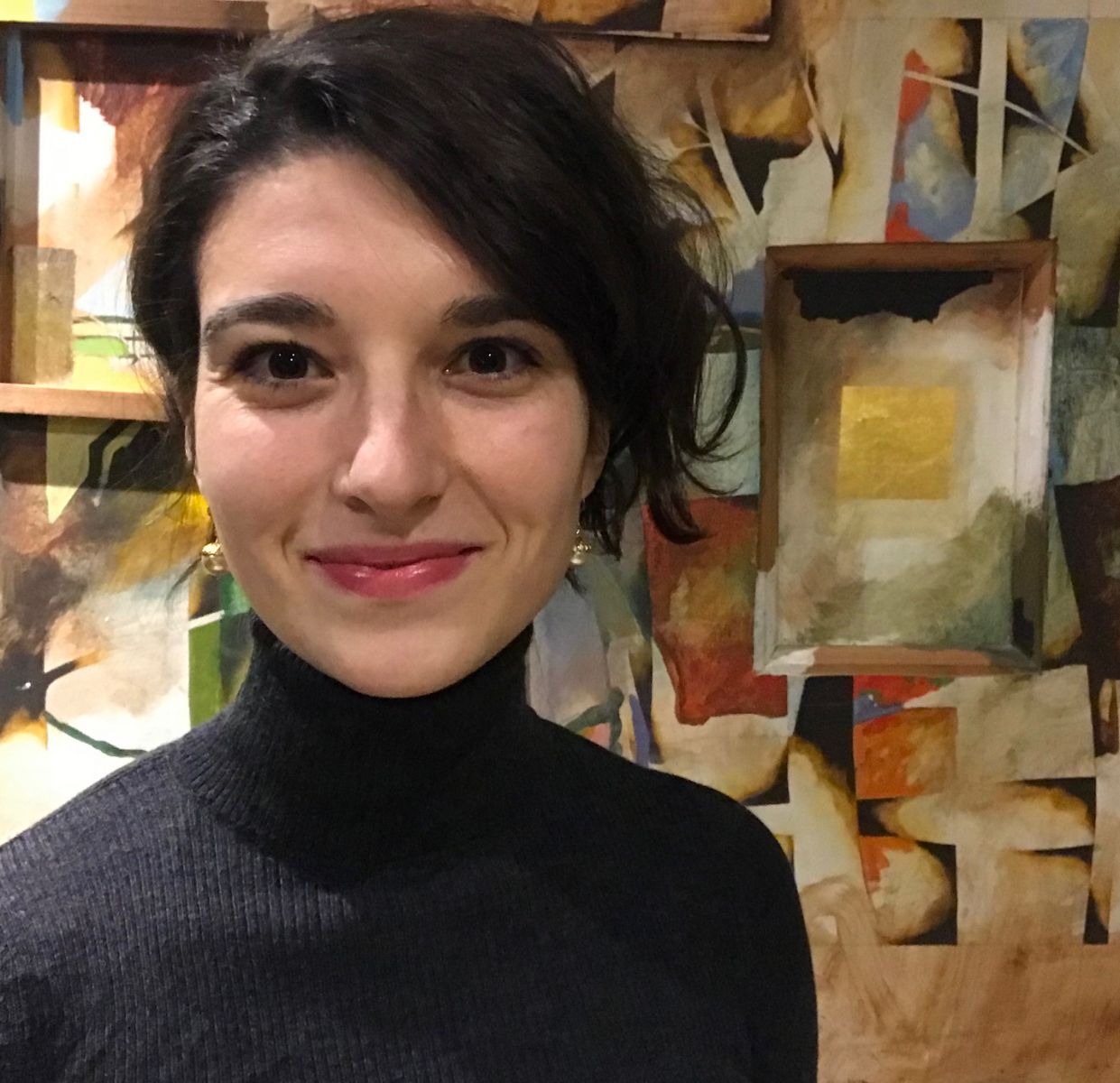 |
Mollie Arbuthnot is a research fellow in History and Slavic Studies at the University oyoaf Cambridge, specialising in the visual and material culture of Soviet Central Asia. She is currently working on her first book — “Red East: Posters and Propaganda in Soviet Uzbekistan” — and an edited volume entitled “Soviet Materialities.” Before Cambridge, she taught at Durham University and the University of Manchester in the UK. |
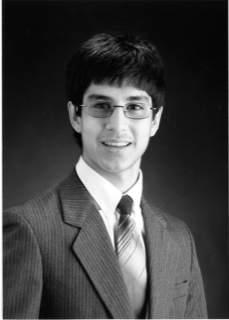 |
Ismael Biyashev (PhD. 2023, University of Illinois – Chicago [UIC]) is a Postdoctoral Fellow at the Society of Fellows and Assistant Professor in the Department of History at the University of Michigan Ann Arbor. He is a historian of empire specializing in late imperial and early soviet Russia. Biyashev is interested in the circulation and adaptation of indigenous and local forms of knowledge in lay and scientific discourses of the fin de siècle, and especially in relation to the study of material culture of nomadic peoples at the turn of the 20th century. His current book project examines the phenomenon of “nomadic archaeology” in the late nineteenth and early twentieth century in the Russian Empire and the Soviet Union and charts its historical development. |
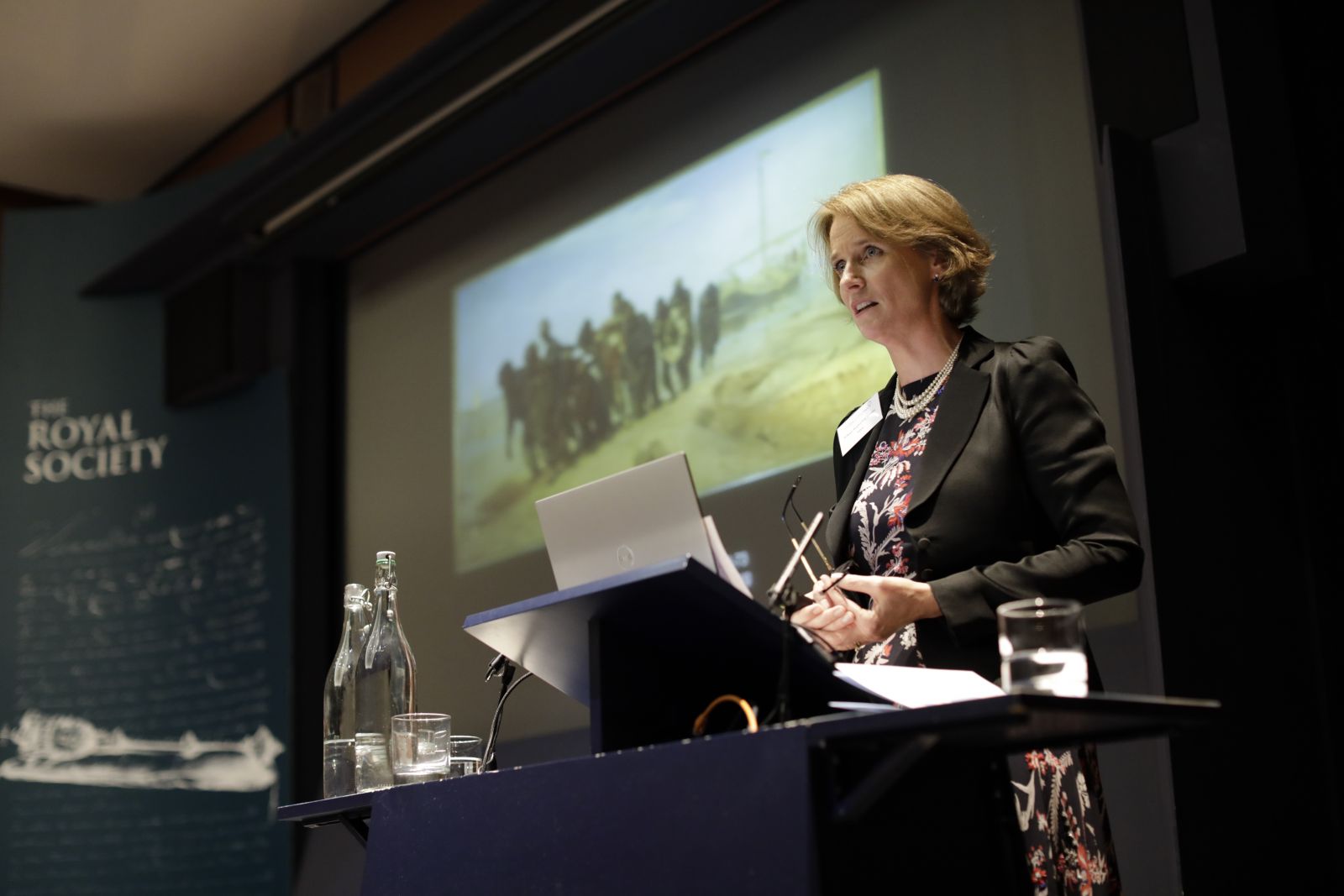 |
Rosalind Polly Blakesley is Professor of Russian and European Art at the University of Cambridge. A Trustee of the Victoria and Albert Museum and the Samuel Courtauld Trust, she has curated exhibitions including Russia and the Arts at the National Portrait Gallery in London. Awards include the Pushkin Medal and, for her book, The Russian Canvas, the Art Newspaper Russia Best Book Award and the Pushkin House Russian Book Prize. Her latest book, Women Artists in the Reign of Catherine the Great, was shortlisted for the Apollo Book of the Year Award in 2023. |
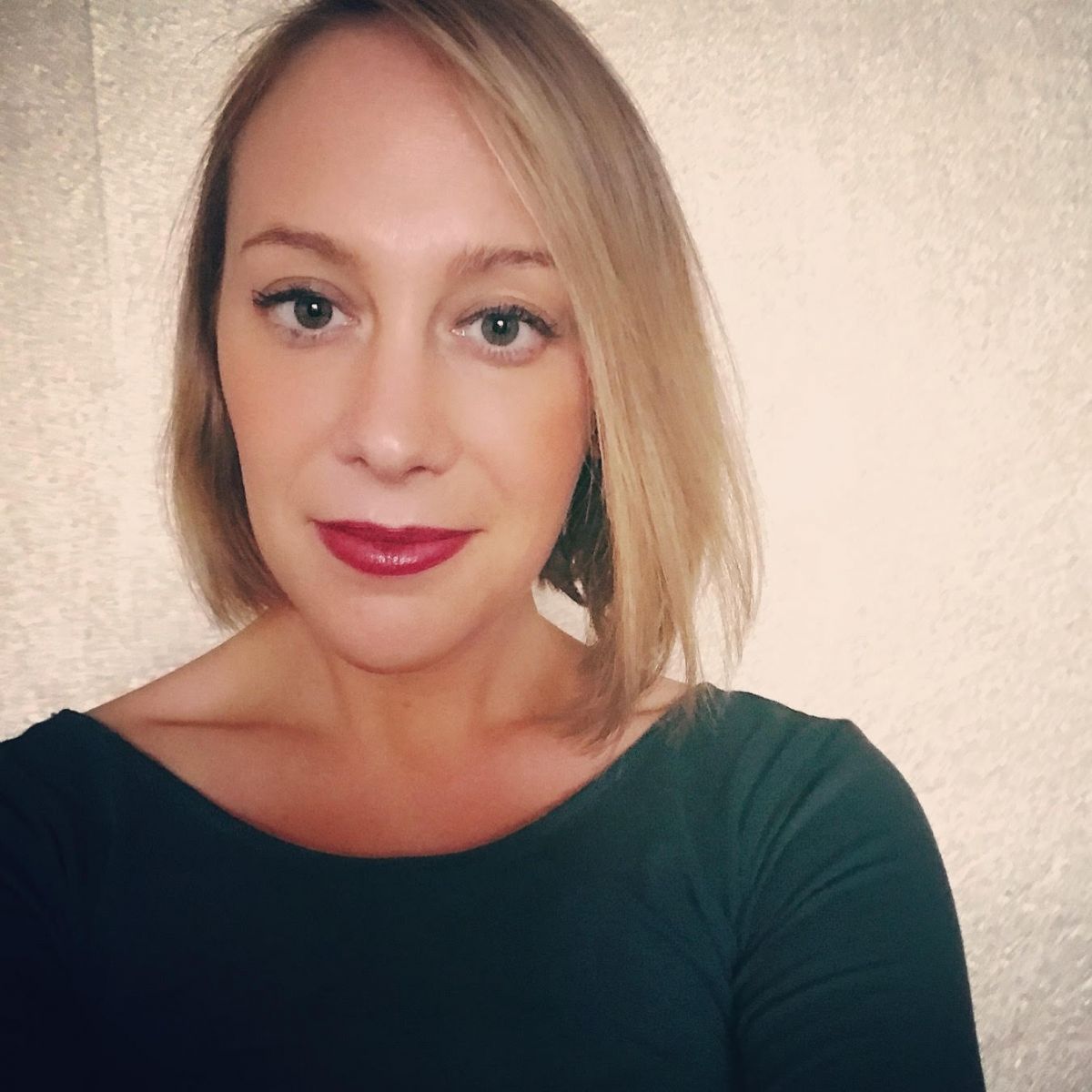 |
Dr. Christianna Bonin is an art educator, curator, and critic. She is Assistant Professor of Art History and Theory at American University of Sharjah (United Arab Emirates) and teaches art curation at Sharjah Art Foundation. Her scholarship focuses on cultural politics within imperial and Soviet-era histories of art in Russia, Central Asia, and Mongolia. Her research has been supported by fellowships such as Fulbright Scholars Program (Russia, 2016-17), the Clark Art Institute (2019), and an American University Faculty Research Grant (2023). Her article, “The Art of the Sixtiers in Soviet Kazakhstan, or How to Make a Portrait from a Skull,” was published in Central Asian Survey in 2022. Her current book project is titled Soviet Orient: Art and Empire in Central Asia, 1900- 1975. She is also curator of Art Dubai Modern 2024, which focuses on the cultural and political dynamics between the Soviet Union and decolonizing nations in the Middle East, Africa, and South Asia after 1960. Bonin has a PhD in art history and theory from Massachusetts Institute of Technology (USA). |
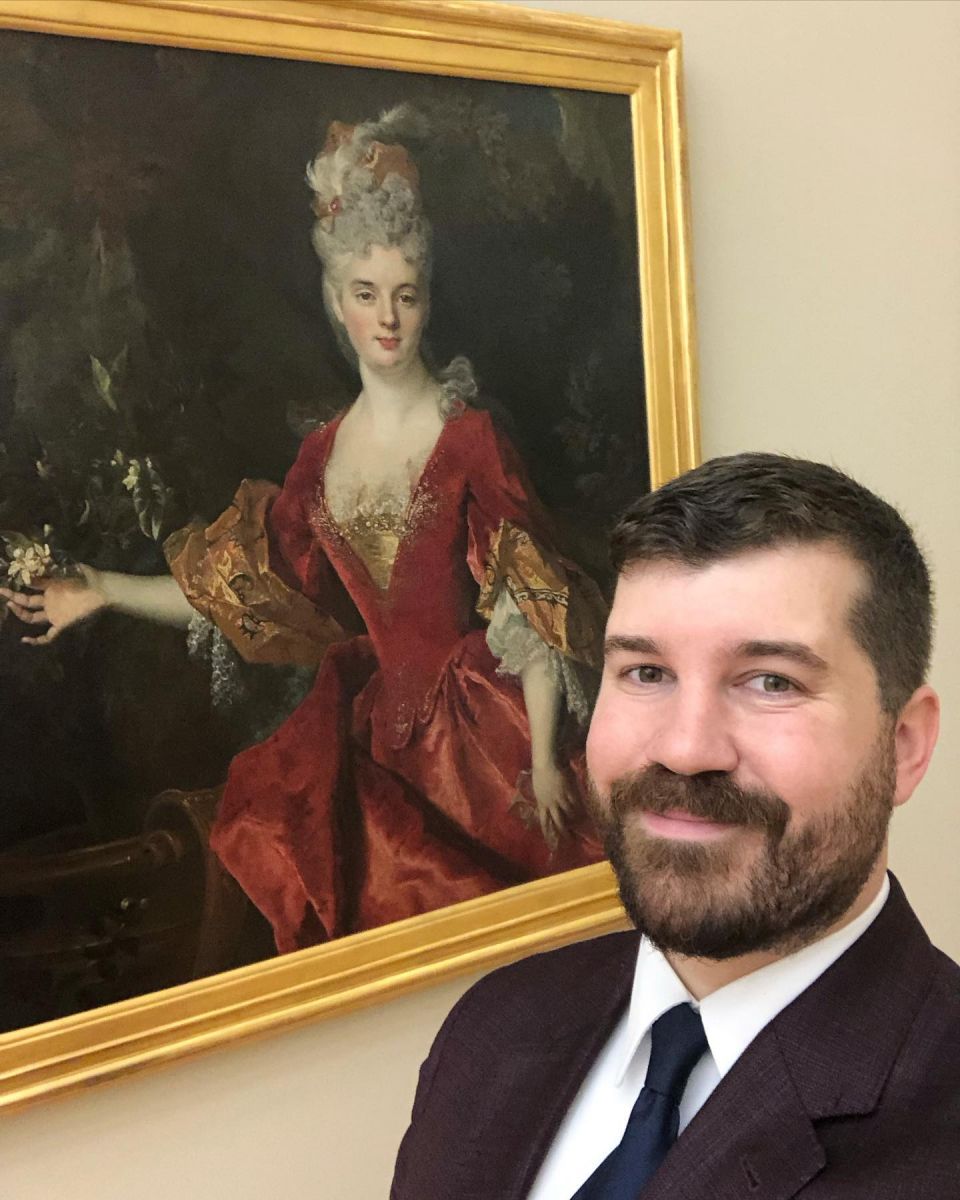 |
Philippe Halbert is the Richard Koopman Associate Curator of American Decorative Arts at the Wadsworth Atheneum Museum of Art. A graduate of the College of William and Mary and the Winterthur Program in American Material Culture, he received his doctorate in the history of art from Yale University in 2022. His research explores the intersections of art, empire, and self- fashioning in early modern Europe and the colonial Americas. |
| Karen Kettering received her doctorate in art history from Northwestern University. Her dissertation was a study of Russian-Ukrainian sculptor Natalia Dan’ko’s career in the late Imperial and Soviet periods. She has published on or curated exhibitions of Soviet propaganda porcelain, Soviet and American industrial design, luxury goods in the Russian Empire, and the material culture of the Orthodox Church. She has held positions as curator of Russian art at Hillwood Estate, Museum & Gardens and Senior Specialist in the Department of Russian Art at Sotheby’s. Her research has focused most recently on the creation of a market for Russian art in America and the history of Russian jewelers. She currently heads an art advisory and appraisal firm. | |
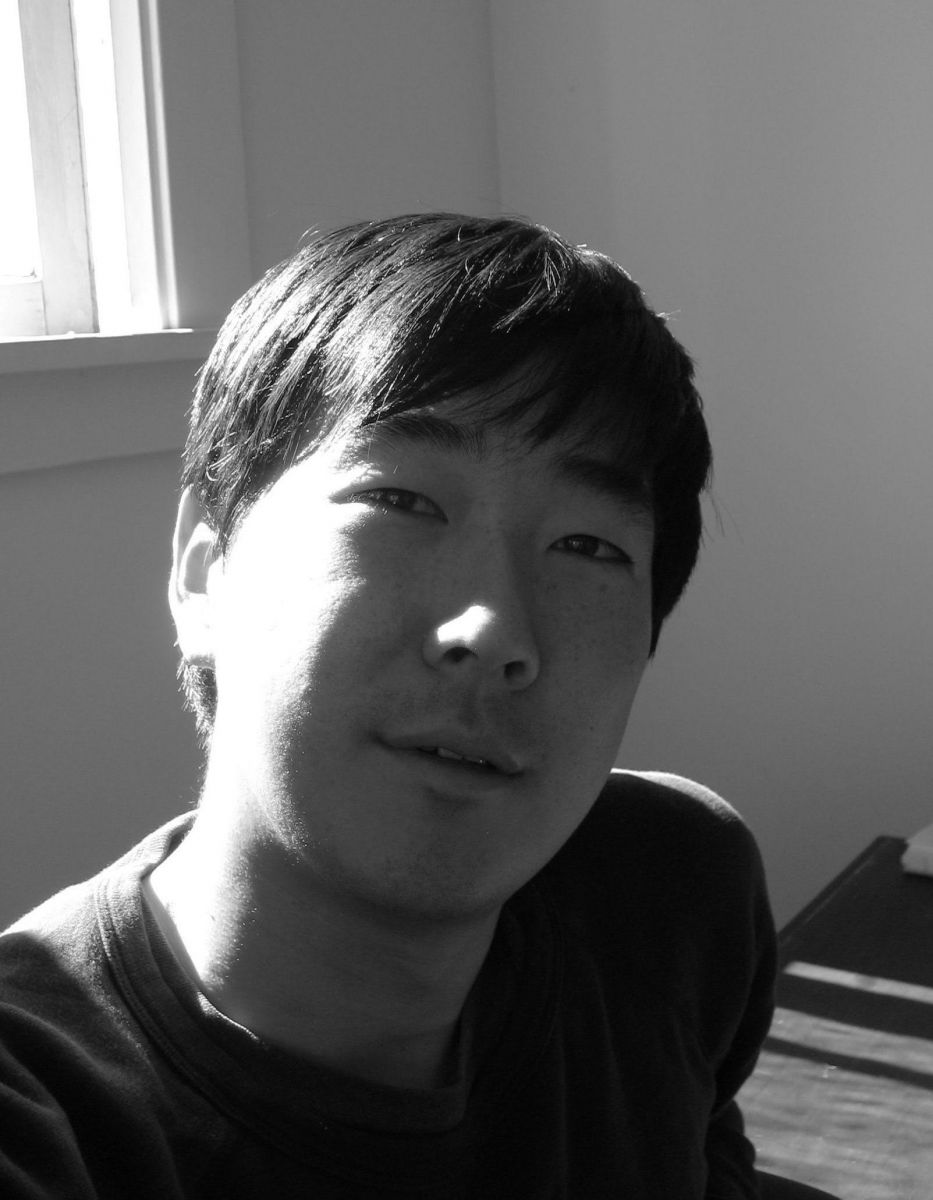 |
Michael Kunichika teaches at Amherst College, where he is Professor and Chair of Russia. His publications include “Our Native Antiquity”: Archaeology and Aesthetics in the Culture of Russian Modernism (2015) and recent articles on the cultural history of prehistoric archaeology. |
| Dr. Bart Pushaw is Assistant Professor of Art History at the University of Tennessee in Chattanooga. Their research, teaching, and curatorial work focus on colonial art histories, especially the intersections of the Indigenous Arctic and the Black Atlantic. They are also a part of the international research project “The Art of Nordic Colonialism: Writing Transcultural Art Histories.” Pushaw works closely with museums and collections in and out of the Arctic to propel the accessibility of Inuit, especially Kalaallit, cultural heritage and advance repatriation campaigns. | |
| Mary Roberts (Professor of Art History, University of Sydney) specializes in nineteenth- century British and Ottoman art with expertise in Orientalism, artistic exchanges between the Ottoman Empire and Europe, and cultures of travel. Working at the intersection of modernism and orientalism, she pursues global networks that inform European and Islamic art. Her books include: Istanbul Exchanges: Ottomans, Orientalists and Nineteenth-Century Visual Culture (University of California Press, 2015), Intimate Outsiders: The Harem in Ottoman and Orientalist Art and Travel Literature (Duke, 2007) and five co-edited books: Ottoman Architecture: A Study Published for the 1873 Vienna World’s Fair (Gorgias Press, 2023), The Poetics and Politics of Place (Pera Museum, 2011), Edges of Empire (Blackwells, 2005), Orientalism’s Interlocutors (Duke, 2002), and Refracting Vision: Essays on the Writings of Michael Fried (Power Publications, 2000). She is completing her next book, Four Thresholds: Orientalist Interiors, Islamic Art, the Aesthetics of Global Modernities (forthcoming, The University of Chicago Press). | |
| Matt Romaniello is the editor of Journal of World History and an associate professor at Weber State University. He is the author of Enterprising Empires: Russia and Britain in the Eighteenth Century (2019) and The Elusive Empire: Kazan and the Creation of Russia, 1552-1671 (2012). He is currently writing two books. One is a study of climate and its influence on the health of the populations of the Russian Empire, Climate, Health, and the Production of Knowledge in Eighteenth-Century Russia. The second is a study of early-modern commodities that failed to transition to the modern era, Unplanned Obsolescence: Modernity and the Loss of the Natural World. His most recent edited volume, The Life Cycle of Russian Things: From Fish Guts to Faberge, was the runner-up for the 2021 Bookseller/Diagram Prize for Oddest Book Title of the Year. | |
| Born in New Zealand, Wendy Salmond received her PhD at the University of Texas at Austin and now teaches art history at Chapman University in Orange, CA. Her publications on Russian art include Arts and Crafts in Late Imperial Russia, Treasures into Tractors: The Selling of Russia’s Cultural Heritage, 1918-1938, Tradition in Transition: Russian Icons in the Age of the Romanovs, and most recently, “Eternity in Low Earth Orbit: Icons on the International Space Station. | |
| Margaret Samu works on 18th - and 19th-century art and design of the Russian Empire in a global context. Her work has been published in journals such as The Art Bulletin, Iskusstvoznanie, Nineteenth- Century Studies, and a volume she co-edited, From Realism to the Silver Age (NIU Press, 2014). She has received grants from the Mellon Foundation, the Fulbright Program, the Metropolitan Museum of Art, and the Library of Congress, among other institutions. She serves on the Organizing Committee of the 19v Working Group on Russian Culture, Literature, and the Arts and co-leads its art history section. Based in New York City, Margaret teaches at Parsons School of Design and lectures at the Metropolitan Museum of Art. | |
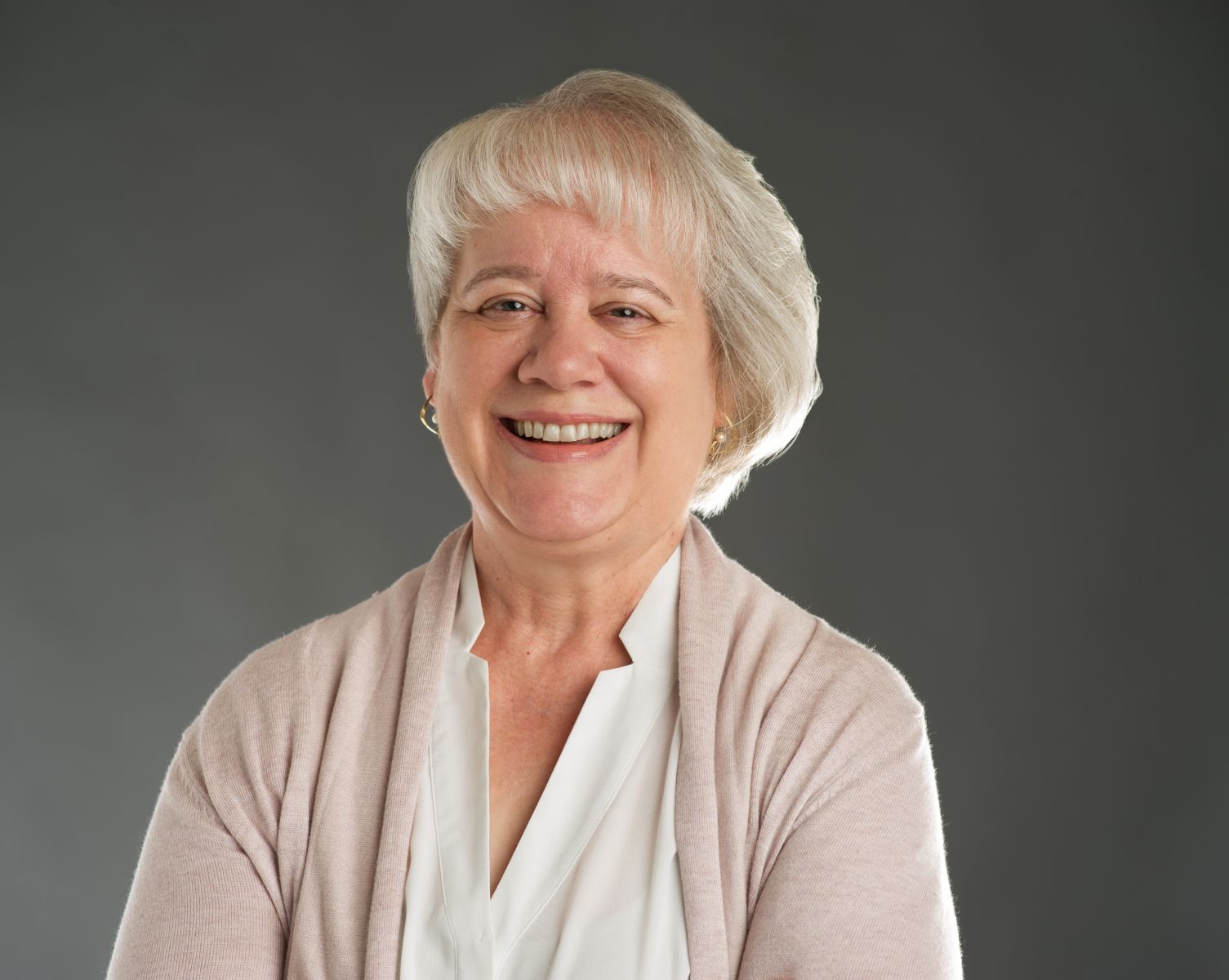 |
Distinguished Research Professor Emerita Christine D. Worobec (Northern Illinois University) has published widely on nineteenth-century Russian and Ukrainian peasants, women and gender issues, and religious history. Her monographs, Peasant Russia: Family and Community in Post-Emancipation Russia (1991) and Possessed: Women, Witches, and Demons (2001), have both won the Heldt Prize. Worobec is the recipient of the 2008 Association for Slavic Women’s Studies’ Outstanding Achievement Award and the 2017 Association for Slavic, East European, and Eurasian Studies’ Distinguished Contributions Award. Her most recent book publication is Witchcraft in Russia and Ukraine, 1000-1900: A Sourcebook (2020), co-edited with Valerie A. Kivelson. |
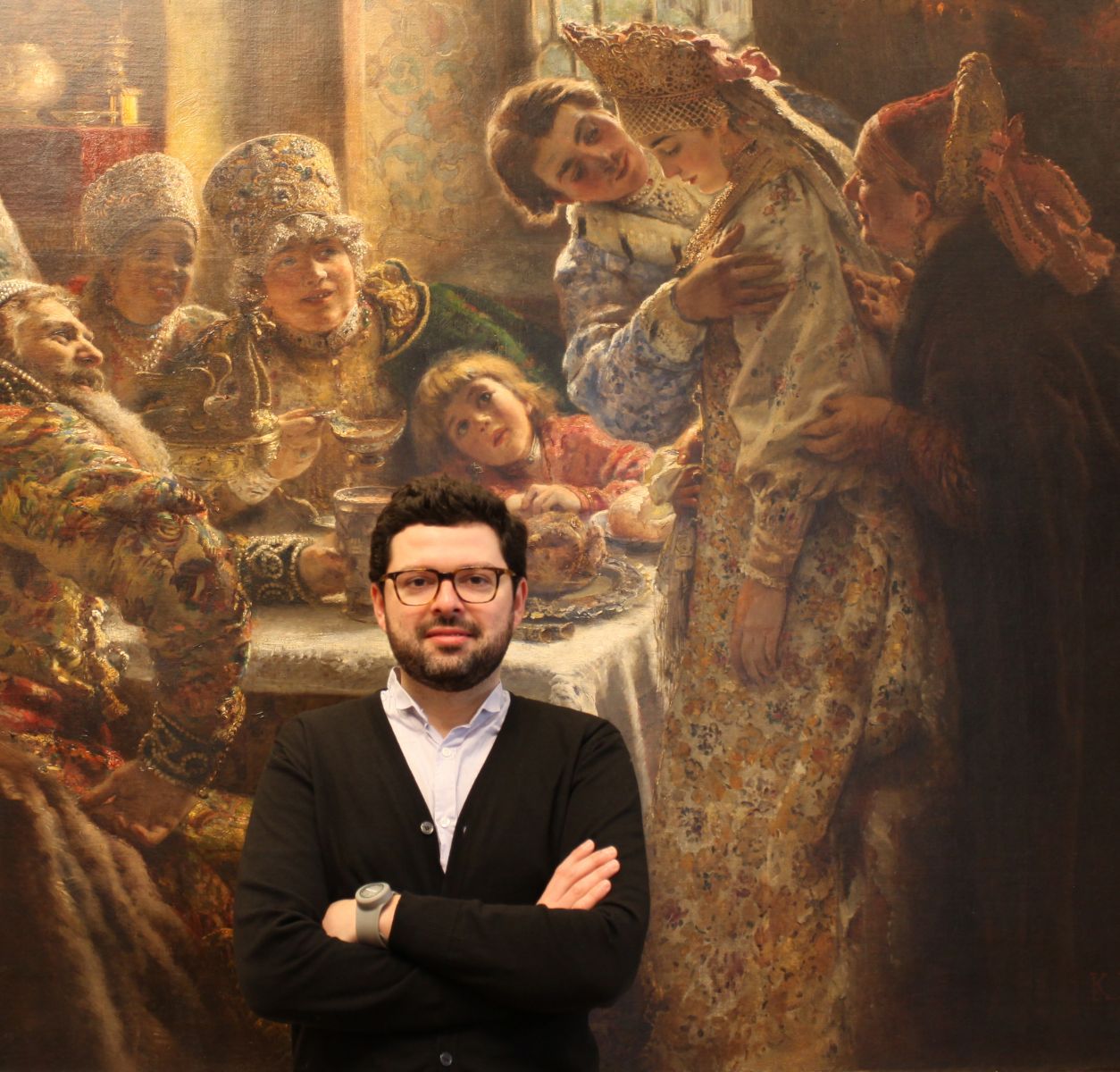 |
Dr. Wilfried Zeisler is Hillwood’s deputy director and chief curator. He is a graduate of Sorbonne University and the Ecole du Louvre, Paris. Wilfried has written extensively on French and Russian decorative arts, including several articles and contributions to books. Wilfried’s dissertation, L’Objet d’art et de luxe français en Russie (1881-1917) [French Objets d’art and Luxury Goods in Russia], was published in Paris in 2014. Since 2009, he has participated in and curated exhibitions in Paris, Monaco, and Washington DC. At Hillwood, his most recent exhibitions were Fabergé Rediscovered (2018), Bouke de Vries: War and Pieces (2019), Natural Beauties: Exquisite Works of Minerals and Gems (2020), The Porcelain Flowers of Vladimir Kanevsky (2021), Determined Women: Collectors, Artists, and Designers at Hillwood (2023), and Glass: Art. Beauty. Design. (2023). Wilfried co-authored Konstantin Makovsky: The Tsar’s Painter in America and Paris (2015), and The Houses and Collections of Marjorie Merriweather Post – The Joy of It (2022). He is the author of Fabergé Rediscovered, Vivre la Belle Epoque à Paris – Paul de Russie et Olga Paley (both published in 2018). and Les Youssoupoff – Un siècle de collections françaises (2023). |
